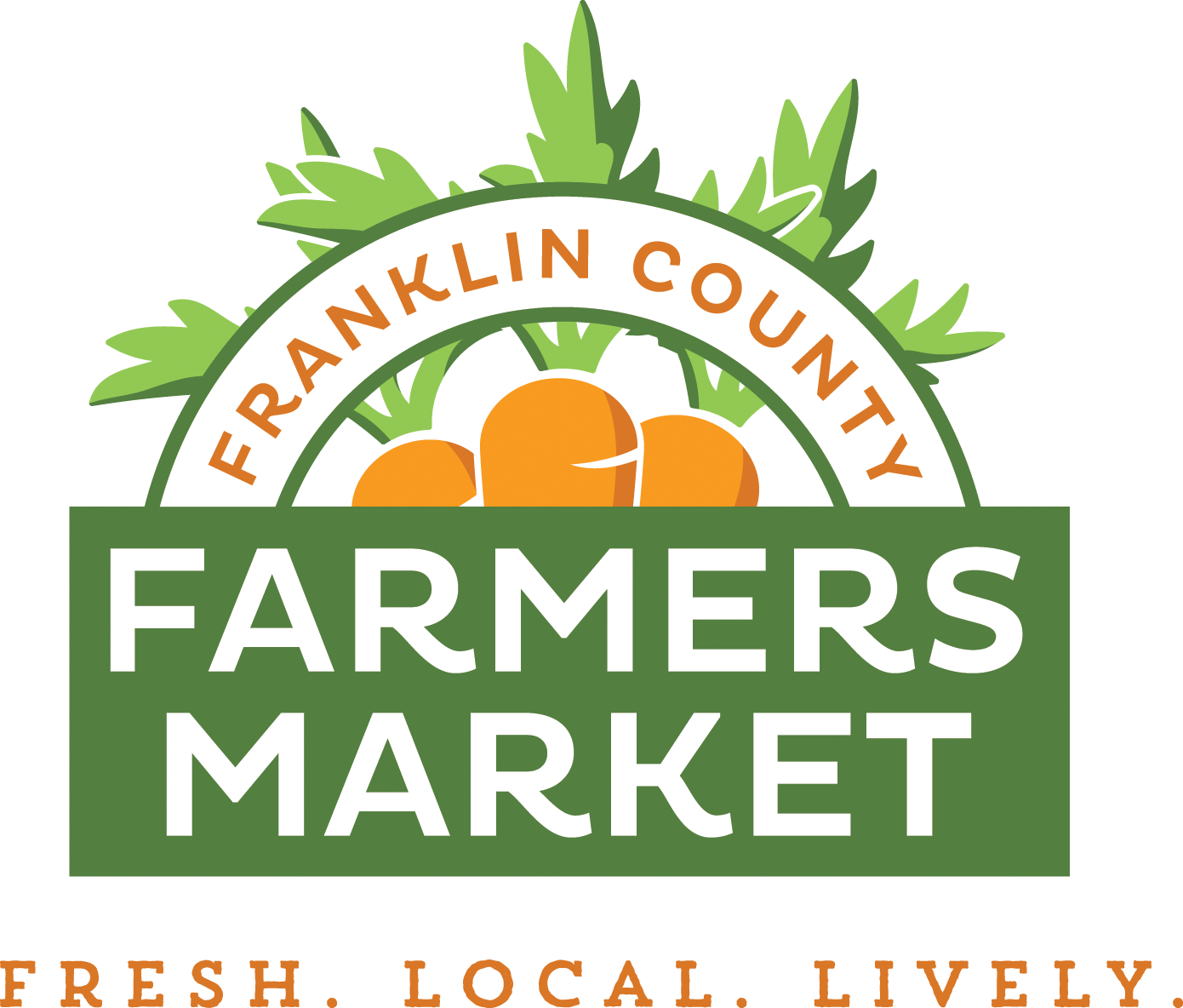COVID-19 Update
We are living in un-precedented times and things will be very different for the next few months. I encourage you to take care of yourself, take time to celebrate the coming of spring, and perhaps try a new recipe or make a meal to drop off for a friend.
Currently, the Market has the last pop-up winter market planned for Apr. 4th with the regular season opening Saturday, April 18. The market board is working diligently to figure out how to best continue providing fresh food for the community while following guidelines from the CDC, and things may change. We will keep you updated in the coming weeks on our social media, in our e-newsletters, and through this column. Follow us on Facebook for the most up-to-date information as we strive to ensure the health of our community while meeting the need for consumers to access healthy food and farmers to provide it.
Featured Food: Honey
Featured Food is a new part of this column that we will feature once a month. Each month, I will interview farmers from the Market that produce a certain food or food type and will then introduce you to the production process of that food.
This month’s featured food is honey! Honey, to me, is the perfect natural sweetener that I use in everything from desserts to homemade granola bars to sweetening my coffee to putting on bread and more. Honey is good for more than just eating too: it has antibacterial properties that assist in the healing of wounds, and many people use it for soothing sore throats and coughs. I like to buy local honey not only because I know where it is coming from and how it was made, but also because it helps with my seasonal allergies.
We have many vendors who sell honey at the Market, and several who specialize in it, focusing on honey almost exclusively. This includes Kuhndog Ridge Farm, Lazy Dog Honey, and the Capital City Beekeepers Association.
Both Jack (Kuhndog Ridge) and John (Lazy Dog) have been beekeeping for over 10 years, and when I asked them both what their favorite part about beekeeping was, they had surprisingly similar answers. Jack says “It never ceases to amaze me as to how organized the beehive social structure functions,” with John pointing out that “the rewards include being presented with new, sometimes inexplicable, observations when working in the hives”. Fascination surrounds honeybees as they have social structure with one reproductive queen and thousands of drones (males) and worker bees (females) who all work together to ensure success of the colony. Jack tells us that “it’s one superorganism of 20,000-50,000 bees, each having their own job and doing it without being told. While there is only one queen bee in a hive, the queen is not in charge. The female worker bees decide where, how much, and what sex of bee she will lay”.
Honey is created through a process of flower nectar collection by bees and natural processing (they store nectar in their crop, which is not their digestive stomach, and regurgitate it, breaking it down into simpler sugars[1]). It is then stored in the honeycomb, where the constant fanning by the bees’ wings causes evaporation and thus, creation of the thick, sweet liquid. A hive will produce around 65 lbs. of surplus honey each year, which is the honey beekeepers harvest[2]. Honey from different beekeepers, locations, and bees tastes different. Jack explains that because of different bloom periods of flowers and plants, honey harvests taste different. He says “Our first harvest is in early June and yields the light and sweet black locust honey…Our second and third harvests are in June and July, [and are] a mix of locust, clover and summer wildflowers. Our summer harvest is in August and our fall harvest is in late September and will be clover, summer and fall blooming flowers…Fall harvest is generally darker honey with fuller flavor, often with a toffee taste from the Astor flow[er]. The spring honey is the lightest and delicately sweet tasting.”
You may be wondering how do the bees stay alive in winter? John explained to me that beekeepers provide supplemental feed (sugar water or fructose) in preparation for winter that allows the bees to build up food stores before winter. Jack adds that “they will need this to generate heat to keep the hive at a about 90 degrees year-round, even when it’s zero degrees outside! We also feed the bees a winter patty (a moist sugar with essential nutrients)…”
Beekeeping comes with its challenges too. Pests, such as mites, beetles, and moths, as well as diseases pose a threat to the honeybee. John summarizes by saying “keeping the colonies healthy during the entire calendar year is complicated and increasingly expensive. And, the most difficult part is being confronted with a colony that has died despite that effort.”
If you’ve thought about beekeeping, John and Jack both encouraged education, whether through local bee clubs like the Capital City Beekeepers Association, bee schools, reading books, and/or having a mentor. Educational information can be found on the website for Capital City Beekeepers Association at https://capitalbees.weebly.com/.
Have I convinced you of how cool honey is yet??
What We’re Eating Now
As last weekend was one of the Pop-Up Winter Markets, I am enjoying lots of local deliciousness this week! For breakfast yesterday, I enjoyed oatmeal with Lazy Dog honey with southern pecans: delicious! Lunch and dinners this week will consist of lots of salads with locally-grown lettuce and spinach from Cedar Ring Greens. We enjoyed Hundred Happy Acres brats yesterday and later this week, I’m going to make pasta with roasted tomato coulis from Dandelion Ridge Farm with ground beef and honey wheat bread from Mefford Family Farm. I also look forward to breakfast with farm-fresh eggs from Happy Jacks Farm and homemade
[1] https://news.ncsu.edu/2013/06/how-do-bees-make-honey/
[2] https://www.honey.com/about-honey/how-honey-is-made

